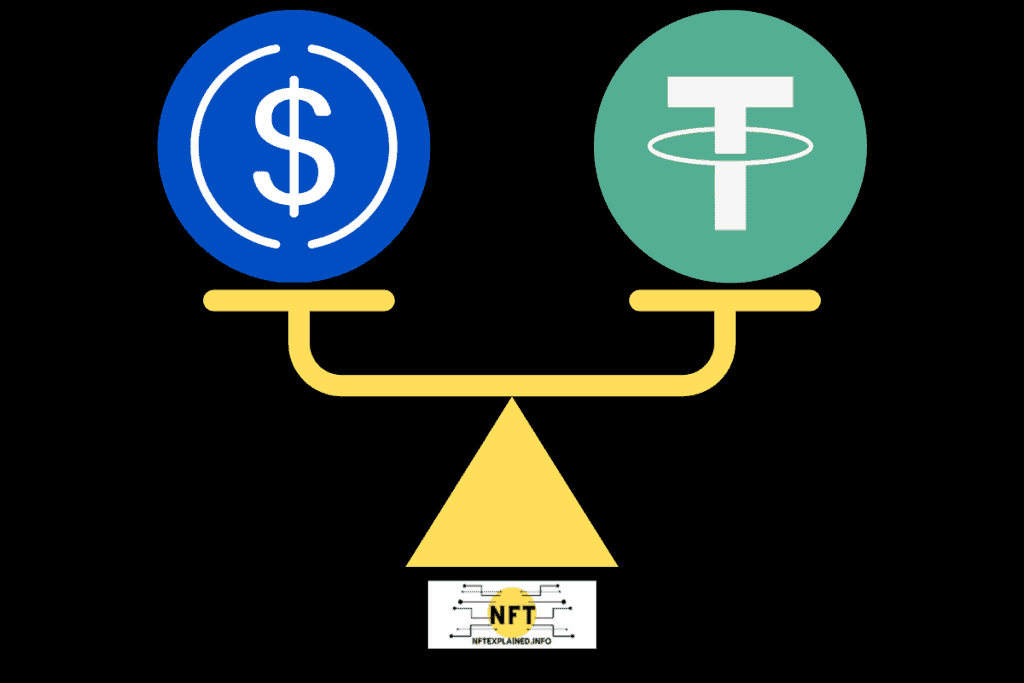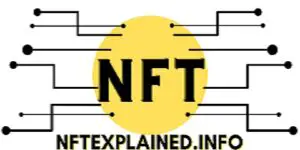
For those who are frequently trading cryptocurrencies and want to hold funds without converting existing assets like Ethereum into fiat currency, they may purchase stablecoins as they are an effective store of value that helps hedge against cryptocurrency volatility.
So, what exactly are stablecoins?
Stablecoins are a form of cryptocurrency that are pegged to maintain a store of value, which is U.S. $1. Stablecoins can be pegged to $1 in a variety of different ways: including to another asset (e.g. the U.S. dollar or gold), to a separate cryptocurrency, via an algorithm, or a combination of all these mechanisms.
Let’s explain each mechanism and look at an example.
What Are Fiat-Collateralized Stablecoins?
Fiat-collateralized stablecoins are a form of cryptocurrency that are backed by fiat currencies like the U.S. dollar or Euro. These stablecoins are held by independent custodians which maintain a reserve of the fiat currency equal in amount to the value of the stablecoin. An example is Tether (USDT), which is the largest stablecoin by market capitalization.
Similar to fiat-collateralized stablecoins are stablecoins that are backed by a reserve such as precious metals like gold; however the majority of stablecoins have a reserve of U.S. dollars.
What Are Crypto-Collateralized Stablecoins?
Crypto-collateralized stablecoins are a form of stablecoin that are backed by cryptocurrencies instead of more traditional assets like fiat currency. Since the reserve cryptocurrency for this type of stablecoin may be volatile, these forms of stablecoins are more likely to be overcollateralized.
The term overcollateralized refers to the fact that the reserves held by the stablecoin exceeds the amount of that stablecoin released into circulation. An example of a crypto-collateralized stablecoin is DAI.
DAI is a stablecoin that is backed by fiat-collateralized cryptocurrencies like USD Coin (USDC) and Ethereum, amongst many other cryptocurrencies. Since many of these cryptocurrencies are volatile, the amount of reserves that DAI has is said to be worth 150% of the value of DAI in circulation.
Another unique aspect about DAI is that it is algorithmically structured through smart contracts. This stablecoin is one of the few that are decentralized and uses economic incentives to increase or decrease the price to ensure it is always aiming to be at $1.
Let’s examine how DAI is algorithmically backed and what algorithmic stablecoins are.
What Are Algorithmic Stablecoins?
Algorithmic stablecoins are stablecoins that are based on pre-programmed formulas that may or may not have reserve assets. This form of stablecoin uses a formula to ensure that supply and demand are automatically adjusted to always aim for U.S. $1; this is done through smart contracts.
An example of an algorithmically backed stablecoin is DAI, which as we mentioned, is an overcollateralized stablecoin that is also backed by cryptocurrencies like USD Coin and Ethereum. How this backing works is quite complex, but we’ll explain.
When a user makes a deposit – let’s say ETH into the DAI smart contract – the smart contract will automatically determine the amount of DAI that can be minted based on the amount of collateral deposited. The user can just as easily send the DAI back to the smart contract in order to get their locked ETH back. The smart contract automatically adjusts the collateral requirements and interest rates to ensure DAI is a stable store of value.
If the value of the collateral increases, then the borrower can unlock more DAI up to the collateral threshold. If the opposite scenario is true and the value of the collateral decreases, you will have the ability to repay the borrowed DAI or deposit more collateral before the liquidation level is reached. However, if the value of the collateral drops below the required collateralization ratio, the smart contract will automatically liquidate a portion of the collateral and use it to buy back DAI, on the market, to maintain the value of DAI.
This may result in a reduction of the amount of collateral you have deposited, as the smart contract will sell a portion of it to purchase DAI. However, it ensures that the value of DAI remains stable and maintains its peg to the US dollar, which is the goal of the stablecoin. In this scenario, the amount of DAI you have will remain the same. However, the value of your collateral will decrease as some of it was sold.
We hope you are just as excited as we are about this space and continue to stay informed at NFTexplained.info. To get the latest news in this rapidly evolving space, subscribe to our YouTube channel! Also consider following our team on Instagram & Twitter!
If you would like to support our team’s content creation please consider doing business with our partners: Trade stocks & crypto on Webull – get 2 free stocks! Buy a Ledger hardware wallet! US-based traders can get a crypto trading discount on Binance!

